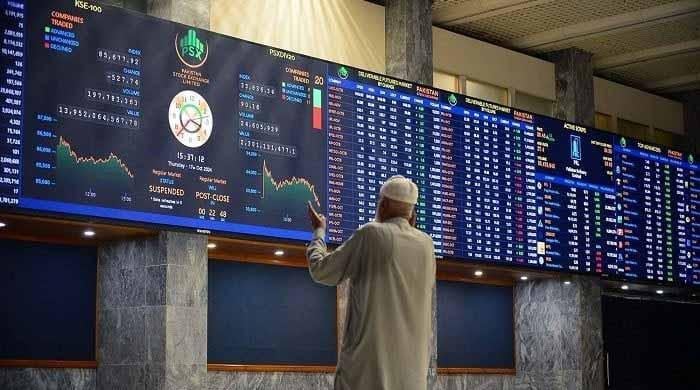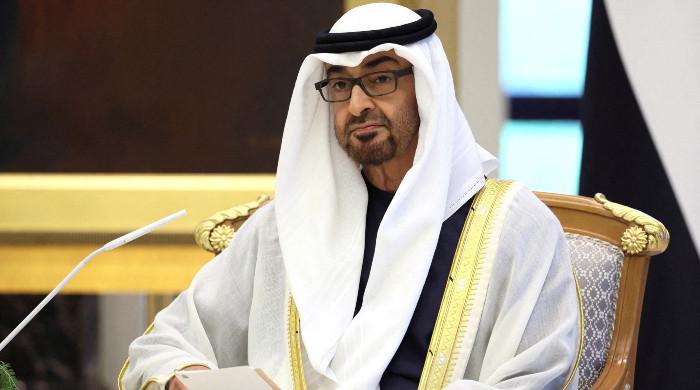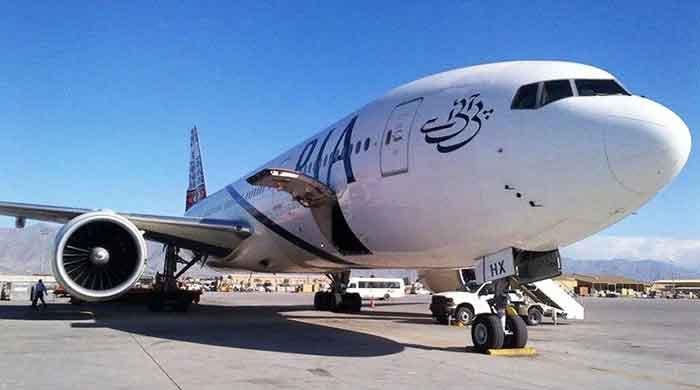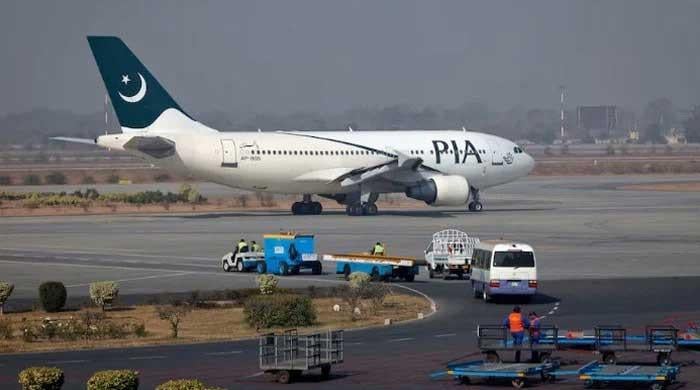Cataclysmic floods likely to leave Pakistan's economic growth below budgeted target
Economic activity currently remains below potential, implying negative output gap, as per finance ministry report
December 31, 2022
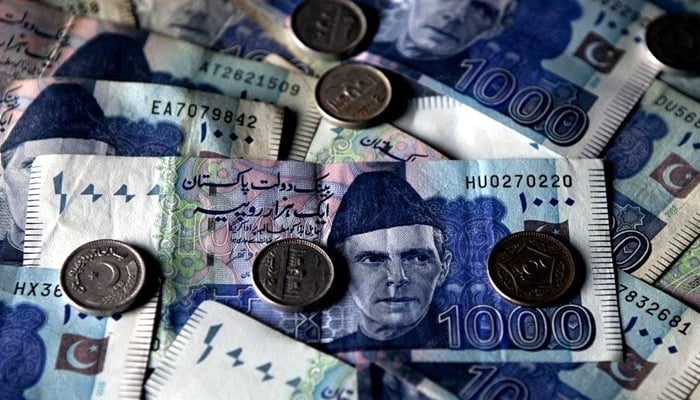
- Economy faces challenges of low growth, high inflation.
- Policies by SBP, govt designed to protect official reserves, inclusive growth in short run, says finance ministry.
- Economic activity remains currently below potential, implying negative output gap.
ISLAMABAD: The economic growth for the fiscal year 2022-23 is likely to remain below the budgeted target owing to the cataclysmic floods that highly pressurised the economy, the Ministry of Finance said in its monthly report.
"This combination of low growth, high inflation and low levels of official reserves is particularly challenging for policymakers,” The News reported Saturday, citing the finance ministry.
The statement said that the demand management policies by the State Bank of Pakistan (SBP) and the government are designed to fight inflation and protect official reserves and protect inclusive growth in the short run.
However, in the long run, the government aims to stimulate the supply side to elevate the long-run potential growth rate of the economy. Increasing the long-run growth trends of output, per capita real incomes, and employment can only be achieved by stimulating investments in new production capacities and improving overall productivity, it added.
As in many other countries, according to the official report, Pakistan’s economic activity remains currently below potential, implying a negative output gap. At the same time, again as in many other countries, inflation remains substantially above targets. The Ministry of Finance has predicted that inflation on average will hover around 21% to 23% for the current fiscal year.
Furthermore, as is also the case in several other emerging economies, the global energy crises, which have pushed up global commodity prices, also put downward pressure on international official reserves.
During the first five months of FY2023, Pakistan’s economy showed signs of resilience to domestic and global challenges.
Despite facing inflationary pressures, trade and current account deficits are continuously showing improvement, which is a sigh of relief for financing challenges.
“On fiscal front, fiscal consolidation is a topmost priority to achieve targeted fiscal deficit despite government is facing the unprecedented challenge of providing relief to people in flood-hit areas,” the report states.
Inflationary pressure has started easing out as the month-on-month (MoM) CPI inflation declined from a massive high of 4.7% in October 2022 to 0.8% in November. The same trend is witnessed in SPI, which decelerated for three consecutive weeks in December that would also be transmitted into CPI inflation of the current month.
Moreover, the recent government’s decision to provide relief to the masses by slashing the prices of petroleum products is expected to translate into lower costs of food and non-food for the general public. The SBP has announced an increase of 100 bps in the policy rate in order to curtail inflationary expectations.
Moreover, the declining international commodity prices are expected to offset the inflation spikes that emerged due to domestic supply shocks. Nevertheless, it can be expected that year-on-year (YoY) CPI inflation in the month of December will maintain its declining tendency observed in November. It is expected that CPI inflation will remain in the range of 21% to 23%, the report added.
The Balance of Payment (BoP) data indicates that exports of goods and services increased by around 1.9% in November as compared to October. Exports have now settled around the 2.9 billion US dollars mark and are expected to climb further in the coming months so as to again restore its 3 billion mark in the coming months.
However, on a YoY basis, they decreased by 12.7%. Several factors are contributing to low exports for goods including a continuous downward trend in the cyclical position of the main trading partners, the underlying growth trend in those countries remained bleak during 2022.
Along, with a stabilisation trend in international commodity prices, it is expected that the trade deficit will further improve in the coming months and settled down at significantly lower levels in the second half of the CFY.
Assuming targeted remittance inflows, the expected improvement in the trade balance will be reflected in declining current account deficits, such that these deficits remain manageable and comfortably financeable for FY2023.
The first four months of FY2023 have witnessed a higher expenditure growth on the back of higher mark-up payments. Currently, the government is facing the unprecedented challenge of providing relief to people in flood-hit areas.
The government is providing relief through the Kissan package and Benazir Income Support Programme (BISP). Although the government is committed to achieving fiscal consolidation by reinforcing fiscal discipline, additional spending due to flood-related activities may put significant pressure on total expenditure.
On the revenue side, despite import compression and a zero rating on POL products, the Federal Board of Revenue of Pakistan (FBR) has surpassed both its five-month target of Rs2,680 billion and its monthly target of Rs537 billion.
Extraordinary actions in the areas of recovery, monitoring, and daily vigilance allowed for the achievement of set targets. Despite the challenges on domestic and global economic fronts, the continuation of these efforts would help the FBR reach the specified revenue targets for the current fiscal year.




